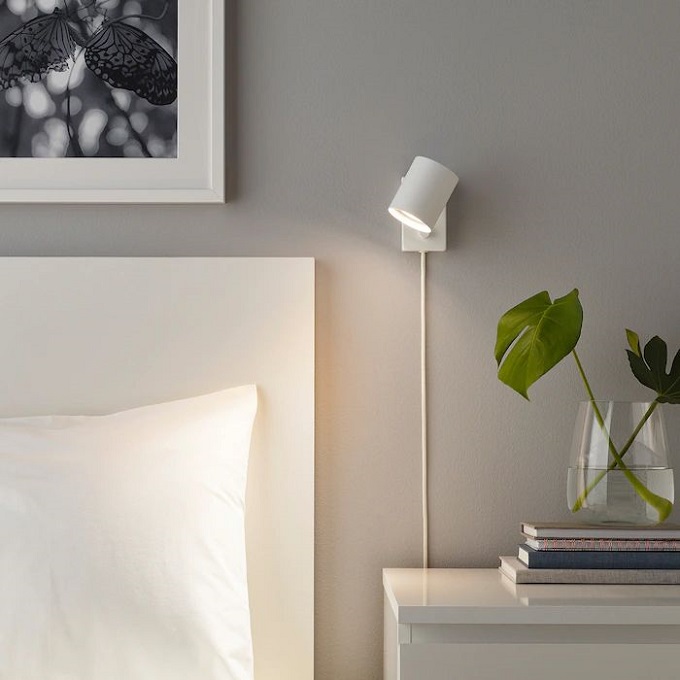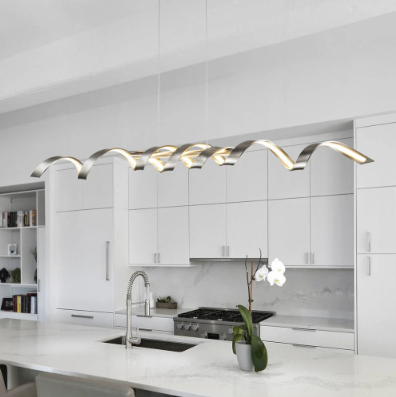
When placing a wall light, it’s important to place it at eye level. Your ceiling height and the height of the light fixture will determine how high to place it. You don’t want to be looking directly into the exposed light bulb. Another consideration is the type of lighting you want to provide. Depending on where you’re placing your wall light, you can choose from battery-operated or plug-in styles.
Indoor LED wall lights
Indoor LED wall lights can be found in many types. They come in different color options, including white and grey. The color of the light they produce depends on where they are placed, so you’ll want to consider what you need for your room. For instance, if you’re lighting a large room, you’ll want to choose a light that outputs 5000K or more, which is the color of daylight.
Most indoor LED wall lights Lamolighting are made of metal, including stainless steel, chrome, and brass. The most basic LED wall lights use a single 12 watt LED bulb with a lumen output of 1,300 to 3,000K. Depending on the manufacturer, you can get them in various shapes. Some are cube-shaped, oval-shaped, and rectangular-shaped.
Swing arm reading wall sconces
Swing arm reading wall lights are the perfect accent for a bedroom or cozy reading nook. They make great use of vertical space and are easily pushed back into place when not in use. They also come in a variety of styles, including those with articulating arms. To get the best fit for your room, choose a light that has adjustable height and a variety of features.
Swing arm wall lamps are easy to install and can be easily mounted to a wall using a plug-in cord. This type of lighting is especially handy for reading next to a favorite chair. They are also great for desk lighting and can help provide extra illumination for small details.
Plug-in and battery-operated options
If you want to add lighting to a room without the need for hard-wiring, battery-operated and plug-in wall lamps may be the right solution. These fixtures can be easily mounted to walls, and they come in various styles and colors. You can even choose one that’s customized to match your own personal taste.
Battery-operated wall lights have come a long way from the stick-on lamps of old. Nowadays, battery-operated wall lights come in elegant sconce designs, and don’t require an electrical connection. They are perfect for dark corners and provide reliable emergency lighting. Alternatively, you can also choose solar-powered wall lights, which are great for outdoor walls and can also be used with motion detectors.
Protection class of wall lights
When choosing outdoor wall lights, you should look for the highest protection class possible. Unlike indoor lights, which are more vulnerable to damage, outdoor lights are more likely to be exposed to objects and substances. For this reason, they need to be protected from damage as well as from potential electric shocks. To make sure that your lights are safe, look for UL Listed or double-insulated wall lights with the appropriate protection class.
The IP rating of a light is determined by its protection from water and solid objects. An IP20-rated light is protected from solid foreign objects of 12mm or less, but not from water jets. Meanwhile, an IP-65-rated wall light is protected from various forms of moisture and dust.





